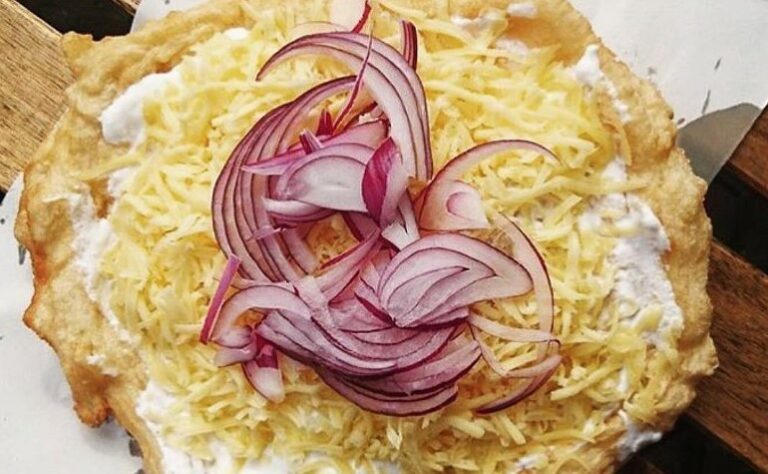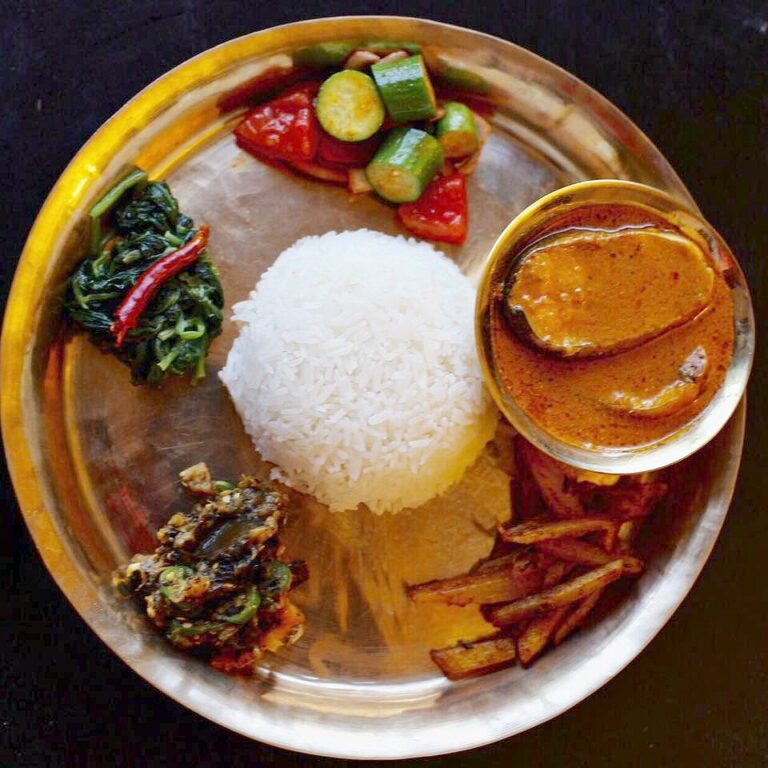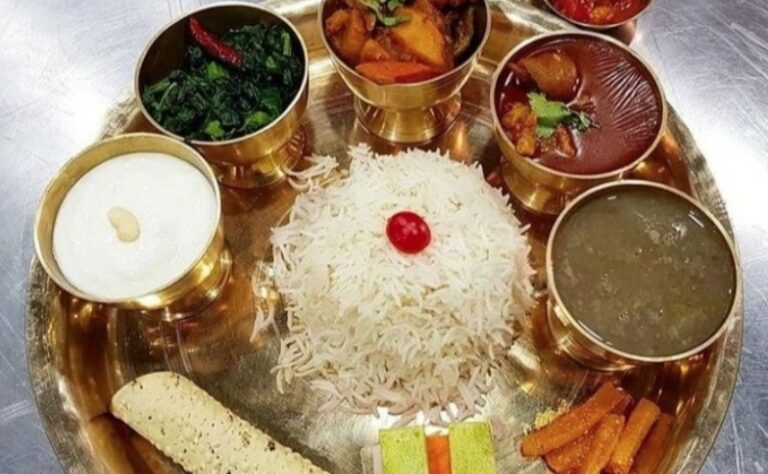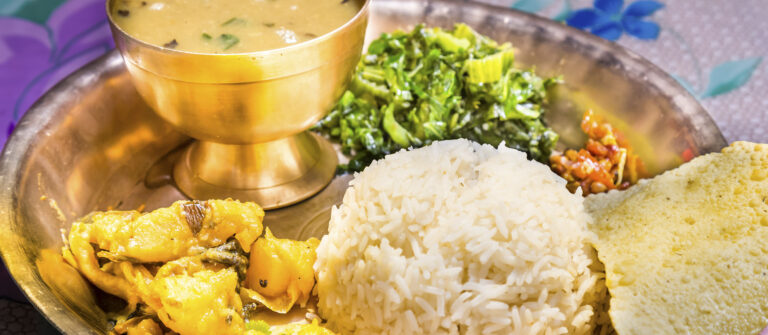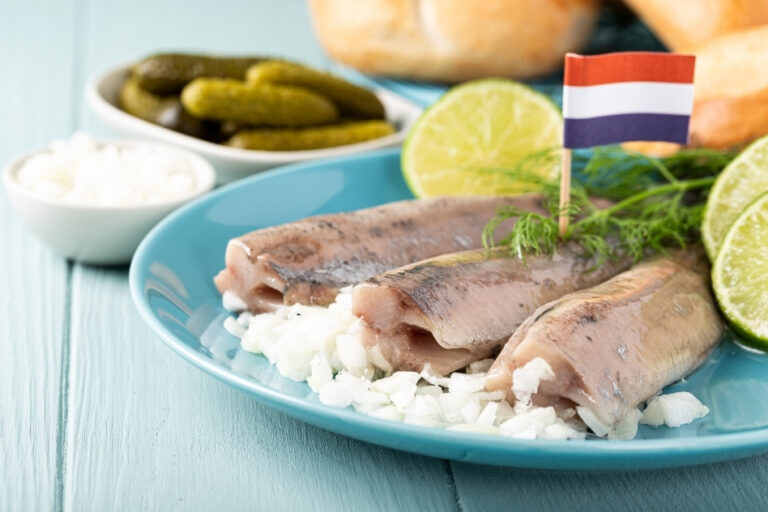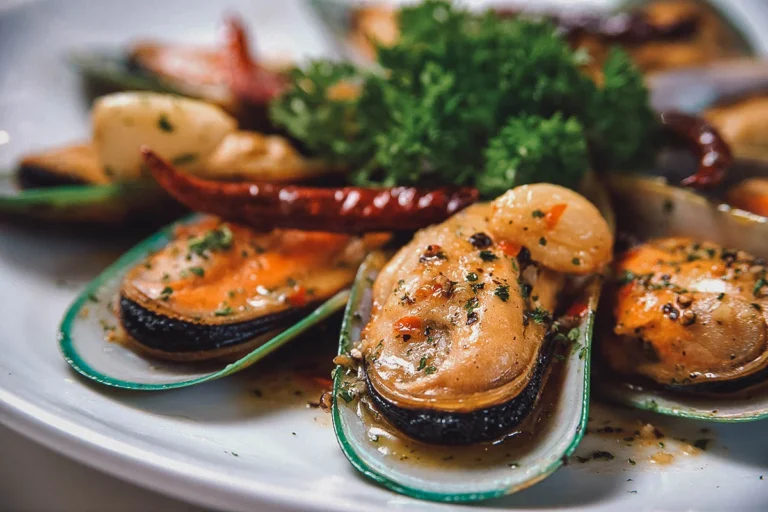Nauruan cuisine: Introduction and background
Nauru is a small island country located in the Pacific Ocean. Due to its isolated location, Nauruan cuisine is a unique blend of indigenous and foreign influences. The cuisine of Nauru is primarily based on fish, seafood, and coconut.
The traditional Nauruan diet also includes root vegetables, bananas, and rice. Due to the limited agricultural production on the island, Nauruan cuisine has been influenced by Western and Asian cuisines, and many dishes have been adapted to suit local tastes and ingredients.
Overview of cooking techniques used in Nauruan cuisine
Nauruan cuisine is known for its simple preparation methods, which highlight the natural flavors of the ingredients. The most common cooking techniques used in Nauruan cuisine include grilling, boiling, and baking.
Grilling is a popular method of cooking both fish and meat. Fish is often marinated in a mixture of coconut milk, lime juice, and spices before being grilled over an open flame. Boiling is another common technique used in Nauruan cuisine. Vegetables, such as taro and cassava, are boiled until tender and served as a side dish. Baking is used to prepare desserts, such as coconut bread and banana cake.
Uniqueness of Nauruan cuisine: Ingredients and spices
The primary ingredients used in Nauruan cuisine are fish, seafood, coconut, and root vegetables. The use of spices is minimal, with only a few ingredients, such as ginger, garlic, and lime juice, used to add flavor to dishes.
The most unique ingredient in Nauruan cuisine is pandanus fruit, which is used to flavor desserts and sauces. Pandanus fruit has a sweet, nutty flavor and is often boiled with sugar and water to make a syrup that is used as a topping for desserts. Coconut is also a staple ingredient in Nauruan cuisine, and is used in both savory and sweet dishes.
Traditional cooking methods in Nauruan cuisine
Nauruan cuisine has a strong tradition of using local cooking methods, such as using banana leaves to wrap food before cooking. Banana leaves are used to steam fish, giving it a unique flavor and texture.
Another traditional cooking method used in Nauruan cuisine is the use of hot stones to cook food. Fish or meat is wrapped in banana leaves and placed on hot stones, which cook the food slowly, infusing it with a smoky flavor.
Innovative cooking techniques in contemporary Nauruan cuisine
Contemporary Nauruan cuisine has been influenced by Western and Asian cooking and has resulted in the development of new cooking techniques. For example, deep-frying is now a popular method of cooking fish, which is often coated with a crispy batter before being fried.
In addition, fusion cuisine has emerged, which combines traditional Nauruan dishes with flavors and ingredients from other cuisines. For example, a popular dish in contemporary Nauruan cuisine is coconut curry, which combines Nauruan coconut with Indian spices.
Conclusion: Nauruan cuisine, a fusion of tradition and innovation
Nauruan cuisine is a unique blend of traditional and innovative cooking techniques. The use of local ingredients and traditional cooking methods has been combined with new flavors and ingredients, resulting in a cuisine that is both traditional and modern.
The simplicity of Nauruan cuisine highlights the natural flavors of the ingredients, making it a healthy and flavorful cuisine. With the increasing popularity of fusion cuisine, the future of Nauruan cuisine looks bright, and we can expect to see new and exciting dishes emerge in the years to come.

